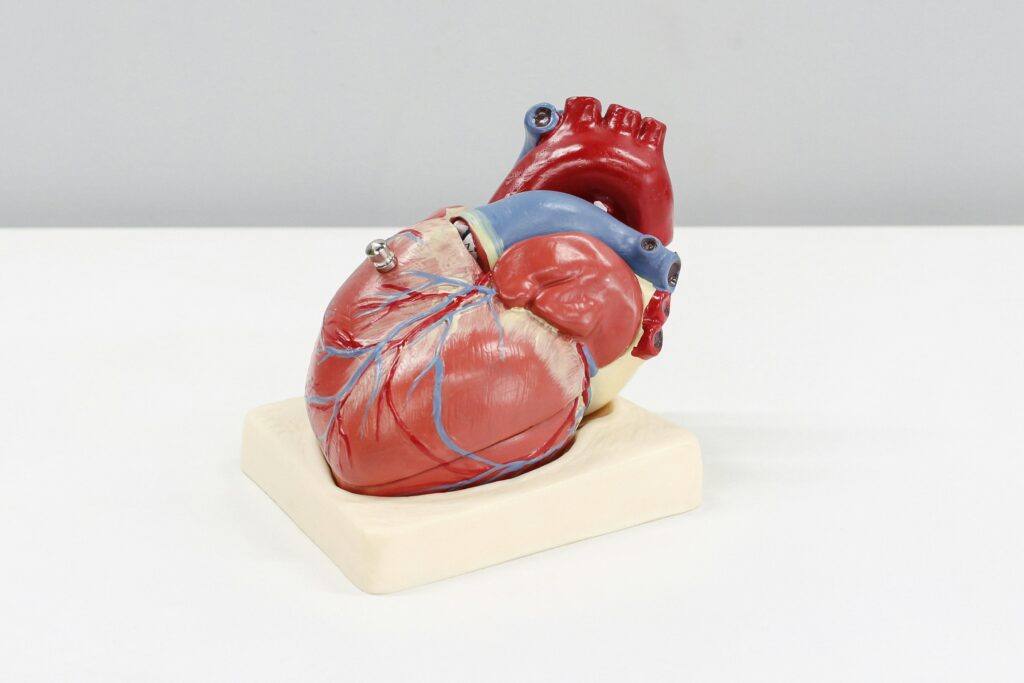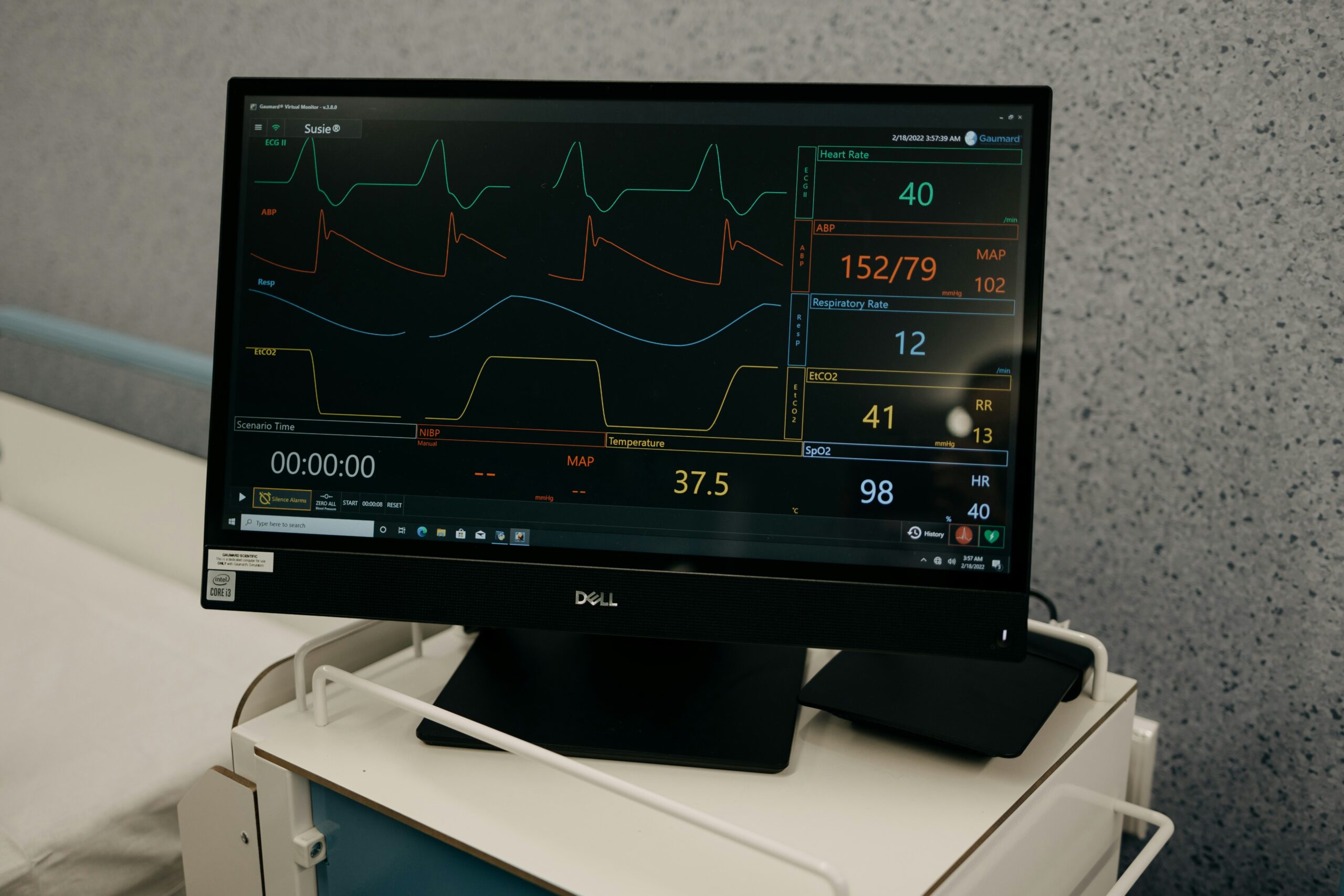
Recognizing the Signs of Pulsating Heart Pain: What to Look Out For
Imagine you’re going about your day, and suddenly, you feel an unusual, rhythmic sensation in your chest. It’s not quite like the burning of heartburn, nor the sharpness of a pulled muscle. Instead, it’s a distinct, throbbing pain—a pulsating heart pain that demands your attention. But what exactly is happening inside your body, and how can you decipher this signal?
Understanding the Difference Between Pulsating Heart Pain and Other Types of Chest Discomfort
Chest discomfort can be a confusing symptom to interpret because it comes in many forms, each with its own set of potential causes. Pulsating heart pain, characterized by a rhythmic or throbbing sensation, is often a result of underlying issues that might not be immediately obvious.
Let’s break this down a bit. Think of your heart as a well-tuned orchestra, with each beat like a musician playing in perfect harmony. But when you experience pulsating heart pain, it’s as if one musician is playing out of tune, creating a noticeable disruption in the performance. This sensation can be caused by several factors, ranging from benign to serious.
For instance, anxiety, intense physical activity, or even excessive caffeine consumption can lead to palpitations, which some people describe as pulsating pain(American Heart Association). However, it’s crucial to distinguish this from other forms of chest pain that might indicate more serious conditions, such as angina or a heart attack, which often present as pressure or squeezing sensations rather than a rhythmic throbbing.
How can you tell if what you’re feeling is indeed pulsating heart pain? Pay attention to the timing, duration, and triggers of the sensation. Pulsating heart pain often comes and goes with specific activities or stressors and may be accompanied by palpitations or a heightened awareness of your heartbeat.
A practical step you can take is to monitor when these sensations occur. Are they linked to particular activities or times of day? Do they coincide with emotional stress or dietary choices? Keeping a diary of these episodes can provide valuable insights and help your healthcare provider understand your symptoms more clearly.
Remember, while pulsating heart pain might be benign, it’s essential to rule out serious conditions. If you experience this type of pain frequently or alongside other symptoms like shortness of breath, dizziness, or chest pressure, it’s wise to seek medical advice. By understanding the nuances of your symptoms, you empower yourself to make informed decisions about your health.
In summary, distinguishing pulsating heart pain from other chest discomforts involves recognizing its unique rhythmic nature and considering potential triggers. By staying attuned to your body’s signals and seeking guidance when needed, you can navigate these sensations with confidence and care.
Understanding the Cardiovascular Impact of Pulsating Heart Pain
Pulsating heart pain isn’t just a fleeting sensation; it’s a sign that your cardiovascular system might be sending you an important message. But what does it mean for your heart’s function and overall blood circulation? Let’s dive into the fascinating world of your cardiovascular system to uncover the implications of this type of pain.
Exploring How Pulsating Heart Pain Affects Heart Function and Blood Circulation
Think of your heart as the engine of your body’s vehicle, tirelessly pumping blood to ensure every cell gets its fuel. When you experience pulsating heart pain, it’s as if this engine momentarily misfires, causing a ripple effect throughout your cardiovascular system.
One potential culprit behind this sensation could be arrhythmias, which are irregular heartbeats that can disturb the usual rhythm of your heart. Imagine a drummer in a band suddenly losing the beat—it’s noticeable and can throw off the entire performance. Similarly, arrhythmias can cause your heart to beat too quickly, too slowly, or irregularly, leading to pulsating sensations. (Cleveland Clinic – Arrhythmias)
But why does this happen? Sometimes, the heart’s electrical system, which regulates heartbeat, can be disrupted by various factors like stress, dehydration, or even electrolyte imbalances. These disturbances can lead to palpitations, which are often perceived as pulsating heart pain.
The impact of such disruptions on blood circulation can vary. In some cases, they might limit the heart’s ability to efficiently pump blood, leading to less oxygen reaching vital organs. Over time, if not addressed, this can increase the risk of more severe cardiovascular problems, such as heart failure or stroke.
However, it’s not always a cause for panic. Many individuals experience occasional palpitations without any underlying heart disease. The key is to recognize patterns and accompanying symptoms. For instance, if pulsating heart pain is accompanied by fatigue, lightheadedness, or shortness of breath, it could indicate a more serious issue requiring medical evaluation.
Understanding your body’s signals is crucial. Pulsating heart pain can serve as an early warning system, alerting you to take preventive measures before more significant problems arise. Regular check-ups with your healthcare provider can help monitor your heart’s health and catch potential issues early on.
In essence, while pulsating heart pain might seem like a small hiccup in your day, it can have broader implications for your cardiovascular system. By staying informed and proactive, you can ensure that your heart continues to function smoothly, much like a well-oiled machine, keeping your body’s engine running efficiently.
How Heart Inflammation Can Lead to Pulsating Heart Pain
When we consider the causes of pulsating heart pain, inflammation of the heart often comes into play. This inflammation, also known as myocarditis, can significantly impact cardiac function and health. But how does this process work, and why does it lead to the sensation of a throbbing pain in your chest? Let’s unravel the mystery behind heart inflammation and its role in pulsating heart pain.
Exploring the Impact of Heart Inflammation on Cardiac Function and Health
Imagine your heart as a bustling city, with roads (blood vessels) and traffic (blood flow) working in harmony. Now, picture a sudden roadblock—perhaps due to construction or an accident. This disruption can cause chaos, slowing down traffic and leading to congestion. Similarly, when inflammation occurs in the heart muscle, it disrupts the normal flow of electrical signals and blood, leading to symptoms like pulsating heart pain.
Myocarditis can be triggered by various factors, including viral infections, autoimmune diseases, or exposure to toxins. When the heart muscle becomes inflamed, it can swell, reducing its ability to pump blood effectively. As a result, the heart may struggle to maintain its usual rhythm, causing palpitations or a pulsating sensation.
The inflammation can directly irritate the heart’s electrical pathways, leading to arrhythmias—irregular heartbeats that often present as pulsating heart pain. These irregularities can make you acutely aware of each heartbeat, manifesting as the uncomfortable throbbing sensation many people describe.
Moreover, the heart’s reduced pumping efficiency can lead to a backlog of blood, much like traffic piling up on a congested road. This congestion can cause additional symptoms, such as shortness of breath, fatigue, or swelling in the legs, as the circulatory system becomes overburdened.
While myocarditis can be a serious condition, it often resolves on its own with proper rest and medical care. However, it’s vital to monitor symptoms and seek medical attention if they worsen. Persistent inflammation can lead to long-term damage, potentially resulting in chronic heart conditions.
By understanding the link between heart inflammation and pulsating heart pain, you can take proactive steps to protect your heart health. This might include staying up-to-date with vaccinations, maintaining a healthy lifestyle, and promptly addressing any infections or health issues that arise.
In summary, while heart inflammation can be a daunting prospect, being informed and vigilant can help you navigate these challenges. By recognizing the signs early and seeking appropriate care, you can minimize the impact of inflammation on your heart and reduce the risk of pulsating heart pain.
When to Seek Medical Help for Pulsating Heart Pain
Pulsating heart pain can range from mildly annoying to downright alarming. But how do you know when it’s time to consult a healthcare professional? Understanding when to seek medical help is crucial in managing your heart health and ensuring peace of mind. Let’s explore the signs that indicate when pulsating heart pain requires immediate attention.
Recognizing the Red Flags: Signs That Indicate the Need for Immediate Medical Attention
Picture this: you’re experiencing a rhythmic throbbing in your chest that doesn’t quite feel right. While it’s tempting to brush off the sensation as stress or something you ate, it’s essential to consider the broader context of your symptoms. Recognizing red flags can help you determine when it’s time to seek professional advice.
First, let’s talk about the company your pulsating heart pain keeps. Is the throbbing accompanied by chest pressure, shortness of breath, or dizziness? These symptoms, especially when they occur together, can suggest something more serious, like a cardiac event that requires urgent evaluation.
Another crucial indicator is the duration and frequency of the pain. If the pulsating sensation is persistent, recurrent, or worsening over time, it’s wise to consult a healthcare provider. Think of it like a fire alarm that keeps going off—it’s not something you want to ignore repeatedly.
Age and personal medical history also play significant roles in assessing risk. Individuals with a history of heart disease, high blood pressure, or diabetes might be at increased risk for complications and should be particularly cautious when experiencing new or unusual heart-related symptoms.
Moreover, consider any lifestyle factors that might exacerbate the situation. High levels of stress, poor diet, lack of exercise, or excessive caffeine intake can contribute to heart irregularities. While lifestyle changes can often help manage symptoms, they are not substitutes for medical evaluation when red flags are present.
In essence, the decision to seek medical help for pulsating heart pain hinges on the presence of accompanying symptoms, the intensity and duration of the pain, and your personal health history. If in doubt, it’s always better to err on the side of caution and consult a healthcare professional.
Remember, your heart is your body’s engine, and ensuring it operates smoothly is paramount. By staying alert to warning signs and seeking timely medical advice, you can address potential issues early and maintain optimal heart health. After all, it’s better to be safe and proactive than to ignore potential signs of a more serious condition.
Preventing Palpitations: Lifestyle Changes for Heart Health
While pulsating heart pain can be a disconcerting experience, the good news is that there are many proactive steps you can take to manage and even prevent palpitations associated with this symptom. Lifestyle changes play a pivotal role in maintaining heart health and reducing the likelihood of experiencing such discomfort. Let’s delve into some effective strategies for keeping your heart in optimal condition.
Highlighting the Importance of Regular Check-ups and Monitoring for Heart Health and Palpitations
Imagine your heart as a garden that requires regular care and attention to thrive. Just as a gardener waters, prunes, and tends to plants, you can nurture your heart through thoughtful lifestyle choices and preventive measures. One of the most fundamental actions you can take is to schedule regular check-ups with your healthcare provider. These visits allow you to monitor your heart health, discuss any concerns, and adjust treatment plans as needed.
In addition to professional monitoring, making specific lifestyle adjustments can significantly impact your heart’s well-being and help prevent pulsating heart pain. For starters, consider your diet. A heart-healthy diet rich in fruits, vegetables, whole grains, and lean proteins can provide the nutrients needed to support cardiovascular function. Reducing salt and saturated fat intake can help maintain healthy blood pressure levels and reduce strain on the heart.
Exercise is another powerful tool in your heart health arsenal. Regular physical activity strengthens your heart muscle, improves circulation, and can reduce the frequency of palpitations. Aim for at least 150 minutes of moderate aerobic exercise each week, such as brisk walking, swimming, or cycling. Remember, consistency is key, so find activities you enjoy and make them a regular part of your routine.
Stress management is equally important. High levels of stress can trigger palpitations and contribute to pulsating heart pain. Incorporating relaxation techniques such as meditation, yoga, or deep-breathing exercises can help you manage stress more effectively. Additionally, ensuring adequate sleep and taking time for hobbies and social interactions can enhance your overall well-being and resilience to stress. (Read more about the link between stress and chest pain in our article.)
Lastly, monitor your body’s responses to substances like caffeine, alcohol, and nicotine, as they can exacerbate heart palpitations. If you notice a connection between these substances and your symptoms, consider reducing or eliminating them from your lifestyle.
In conclusion, while pulsating heart pain can be unsettling, adopting a proactive approach through regular check-ups and lifestyle modifications can make a significant difference. By tending to your heart with the care and attention of a dedicated gardener, you can cultivate a healthier, more resilient cardiovascular system, reducing the chances of experiencing palpitations and enhancing your overall quality of life.


